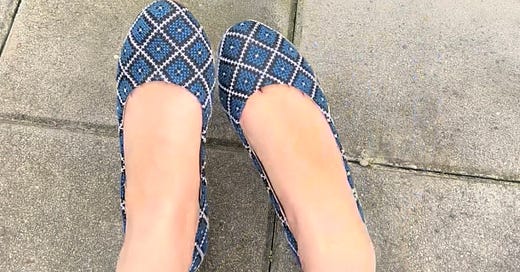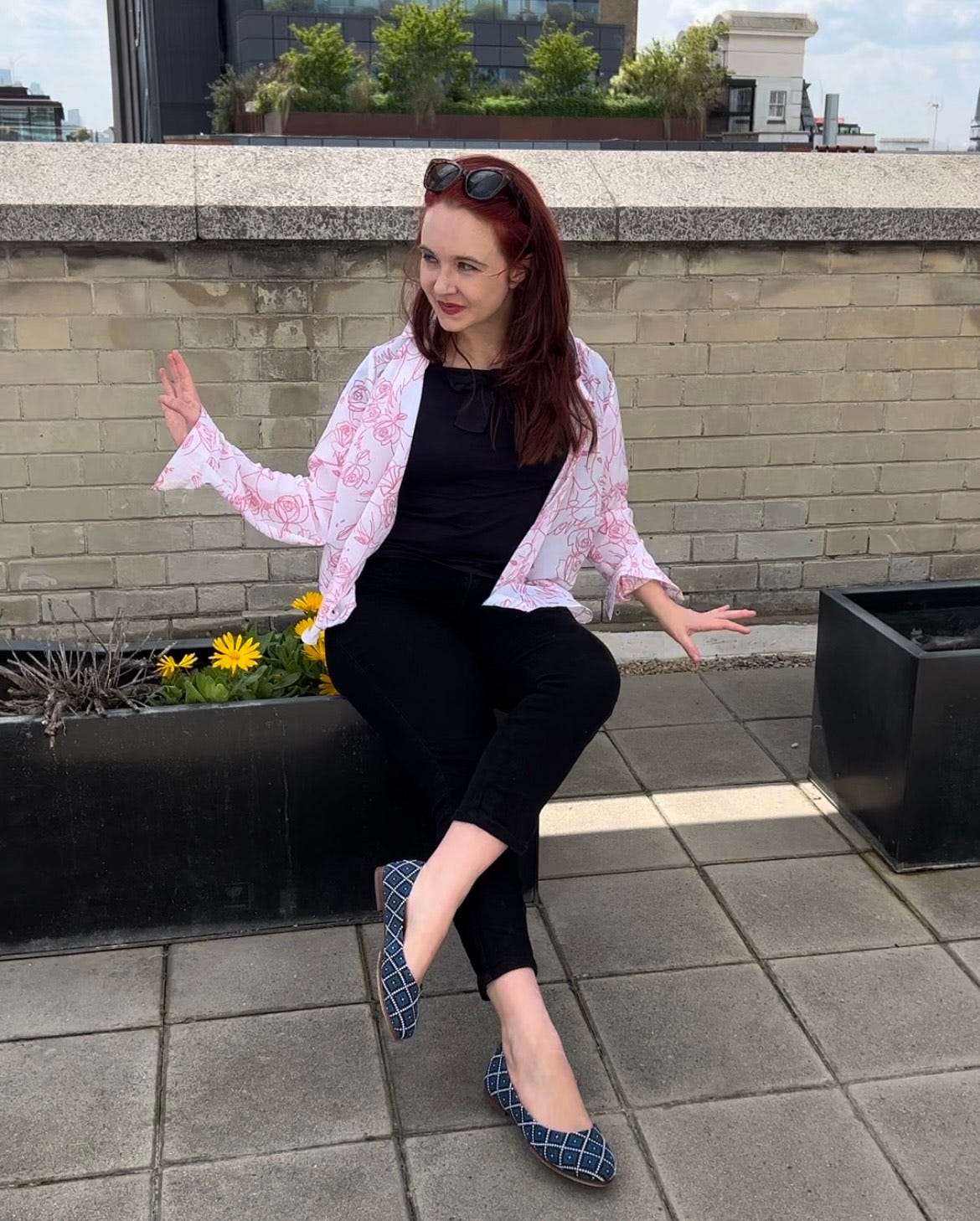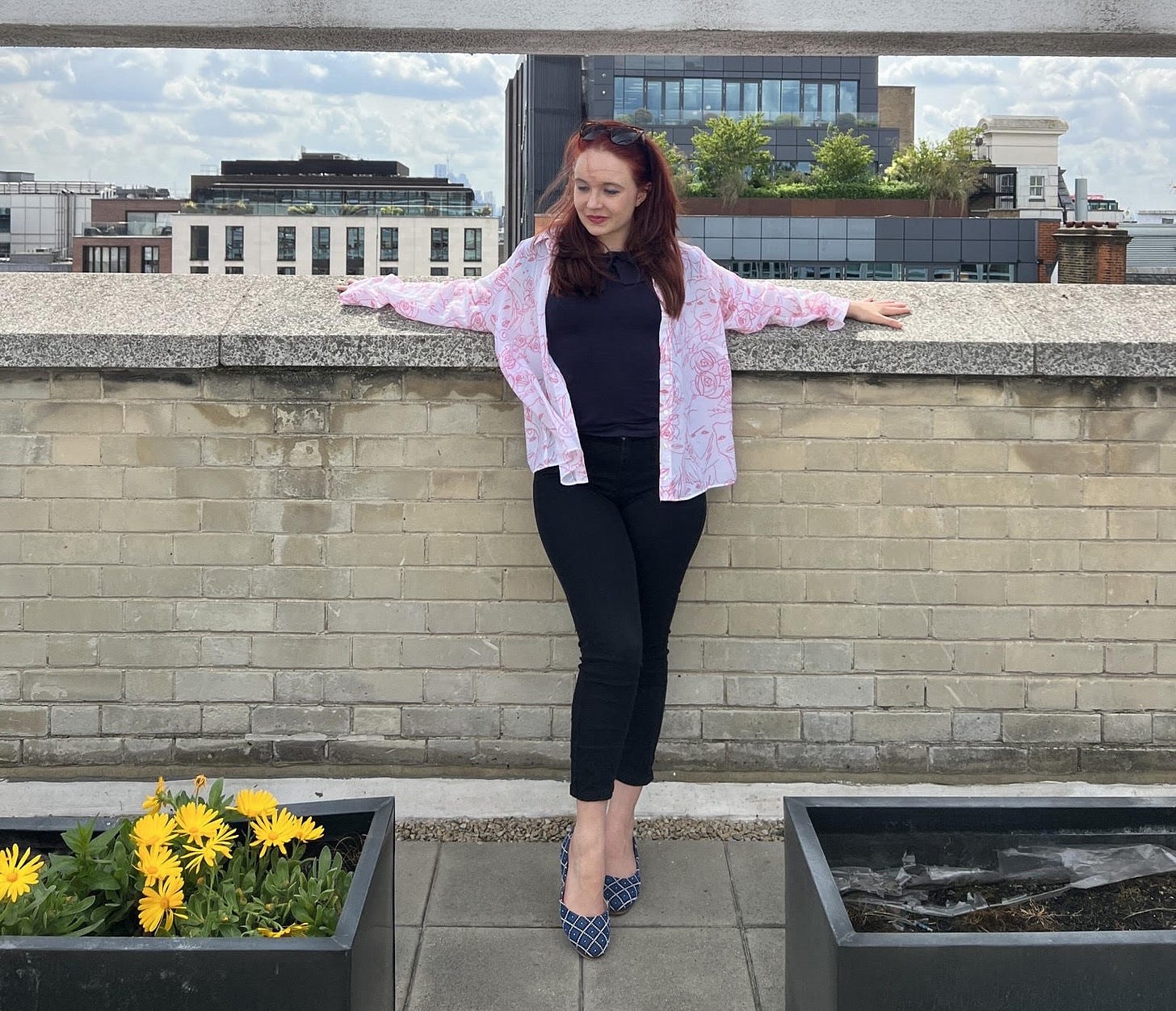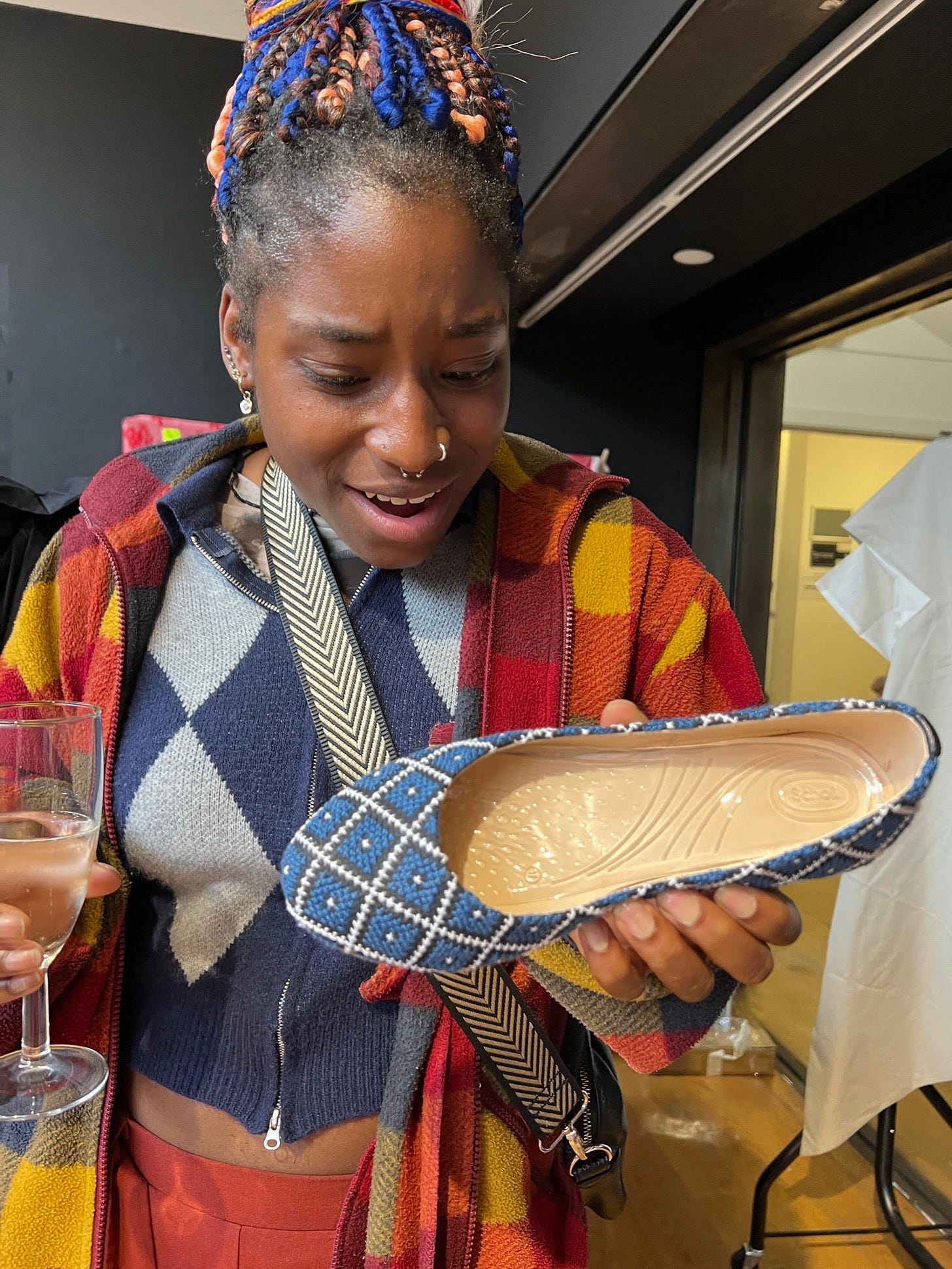Reframing Ethical Fashion as Attainable Luxury Fashion
Thoughts on Old Money Aesthetic, Craft, and Solidarity
Luxury brands are generally thought of along with big designer names: Chanel, Stella McCartney, Celine, Chloe, Balenciaga, The Row. They generally come out of one of the four fashion capitals and have an exorbitant price tag. Luxury brands are associated with wealth. Much of TikTok is dedicated to trying to teach the layperson how to dress “rich” but not nouveau riche, in an “old money aesthetic”. Luxury fashion is something people get: you are paying for quality, you are paying for craft, you are paying for longevity, and you are also paying for a brand name.
The problem arises in ethical fashion when the fast fashion shopper encounters ethical fashion, having spent the past 30 years shopping at fast fashion prices, just-in-time production, and being catered to with next-day delivery. Mean comments fly. I’ve had small brand friends calling unruly customers to try and explain, this production style is different it won’t be there tomorrow. Reviews like the one from Loud Bodies about how inclusive should mean price inclusive are all too common. Ethical fashion advocates like Aja Barber and myself often scream from the rooftops that this ignores the garment makers who also deserve fair pay, or the women in Kantamanto Market who deserve health and safety that the fast fashion onslaught of clothing has denied them. I’ve lost count of the number of times I’ve commented- “being clothed is a human right, access to trendy clothing isn’t”.
Elitism is a frequent critique of ethical fashion that comes thick and fast from fashion media. Its prices are so high only the elite can wear it, it needs to be more price inclusive. When in reality Vogue has a symbiotic relationship with fast fashion that they don’t want to address. Part of the reason ethical fashion is so highly critiqued is that so many people experience their version of exploitation so it is hard to place trust in a different system. It is hard to trust that what you are seeing is reality. It is also hard to fully grasp the issues of a supply chain that you’ve been largely removed from.
So let’s reframe ethical fashion as attainable luxury fashion.
Part of the old money aesthetic is that it is attainable wealth in a world where wealth is increasingly unattainable. It is cosplaying not having credit card debt and having better healthcare. People understand luxury fashion, its a world they someday see themselves in. Ethical fashion is attainable luxury fashion.
Darzah Designs and I have been in conversation about them sending me a pair of shoes for a while. They are a reminder that ethical fashion is a system of solidarity. Darzah employs six women full-time and twenty-two part-time in and around the West Bank. Supporting ethical craft is solidarity even if it is purchase driven. It is creating solidarity with a world that I want and creating solidarity with a marginalized group with extremely limited economic oppurtunities. They practice tatreez embroidery and a pair of shoes takes eighteen hours to embroider. Here are the ones I have. It is truly incredible work. Part of why luxury is luxury is that it is craft, it is skill, it is a luxury to be able to hold someones years of knowledge and history. I took the shoes to an event and you can see the reaction the embroidery gets when you see it up close. It’s phenomenal. Craft skills are dying all around the world and at the same time, they hold up the luxury fashion industry. Darzah is also a reminder that luxury is often far more attainable than a label. Slow fashion is a way to access luxury without the ultra high price point at Gucci. Ethical fashion is a path out of this system because right now it is a system of solidarity and this system of solidarity is attainable. It is attainable luxury fashion.










